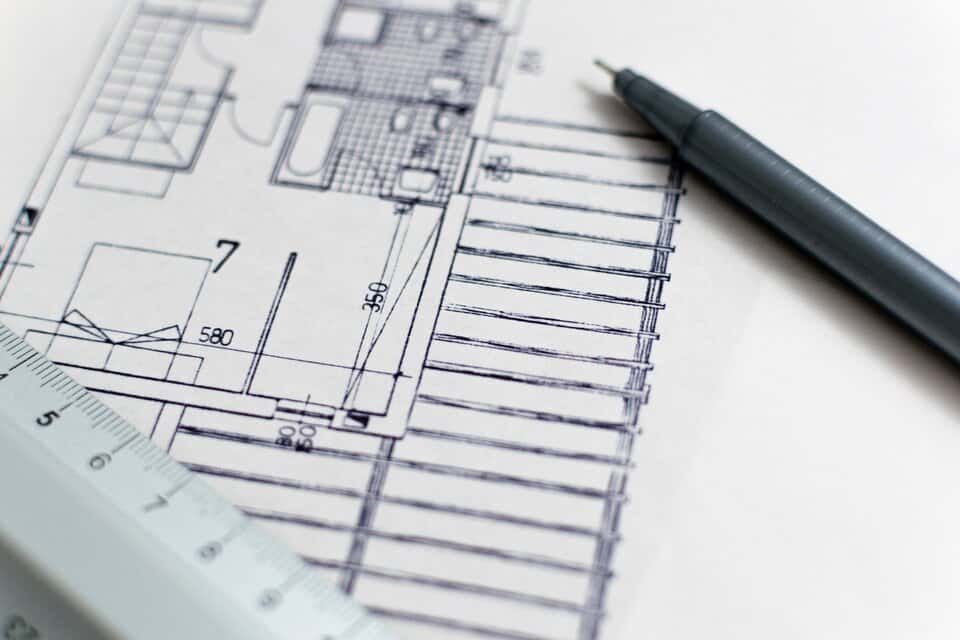
Detached vs Attached Homes and Flats in Maryland
There are similarities in the type of home layouts in Maryland and abroad. Not to be confused with architectural style as a whole, such as the type of ornamentation and embellishments added to the structure’s façade, the layout refers to the home’s build and its relationship to other, nearby homes. There are three general layouts: detached, attached, and apartments (or flats, depending on your locale). Note that row home and townhome are misnomers; they mean the same thing. The term “row home” was first coined because builders organized them in rows during construction.
Detached
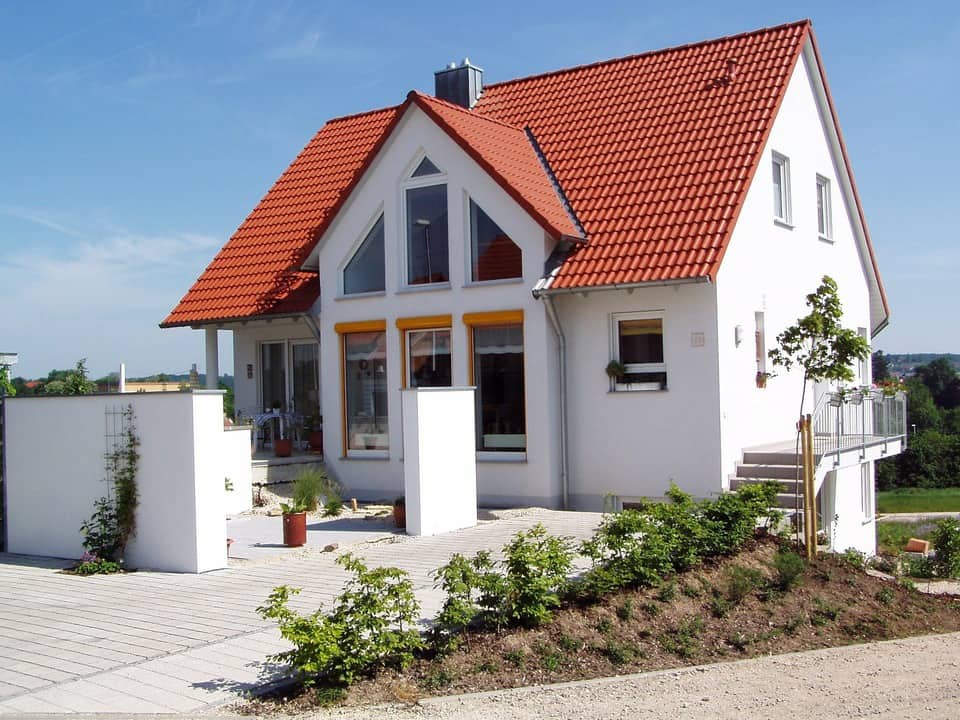
Detached units are the opposite of attached units. These are the classic, single-family homes many Americans associate with the independent lifestyle—a farmhouse in the countryside, away from the city. These structures are wholly separate from their attached counterparts and generally have a front and back yard. They are not connected to any other property and do not share an exterior facade.
Attached
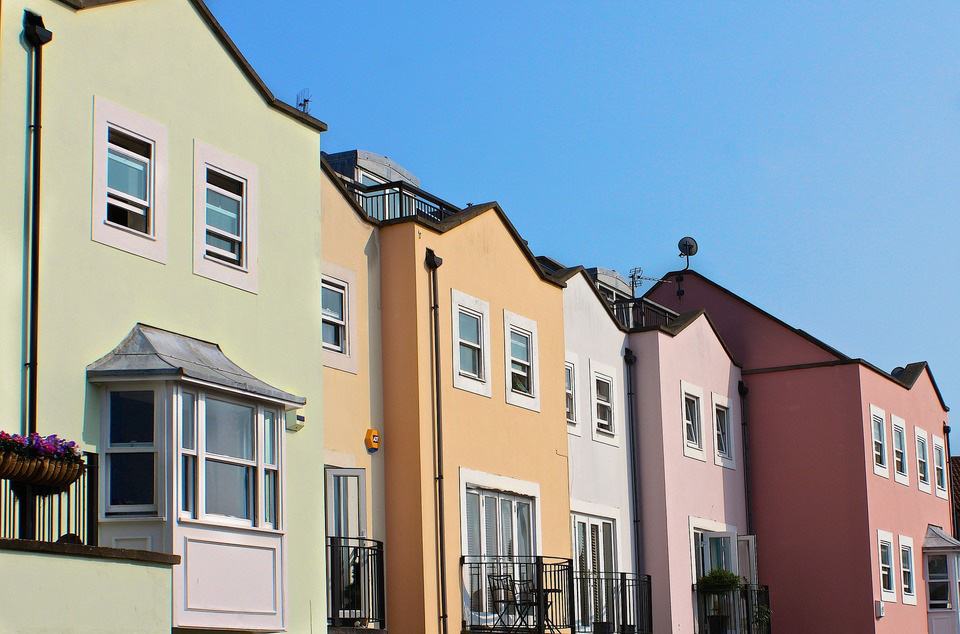
Attached homes are just as they sound: attached to one or more homes. Though the ownership type is identical to the detached layout, The homes have at least one wall with another house. One positive aspect is that attached homes are generally less expensive than detached homes and can provide a more accessible route to homeownership for some. Additionally, they can allow for better city planning in more populated cities with limited land.
Twin
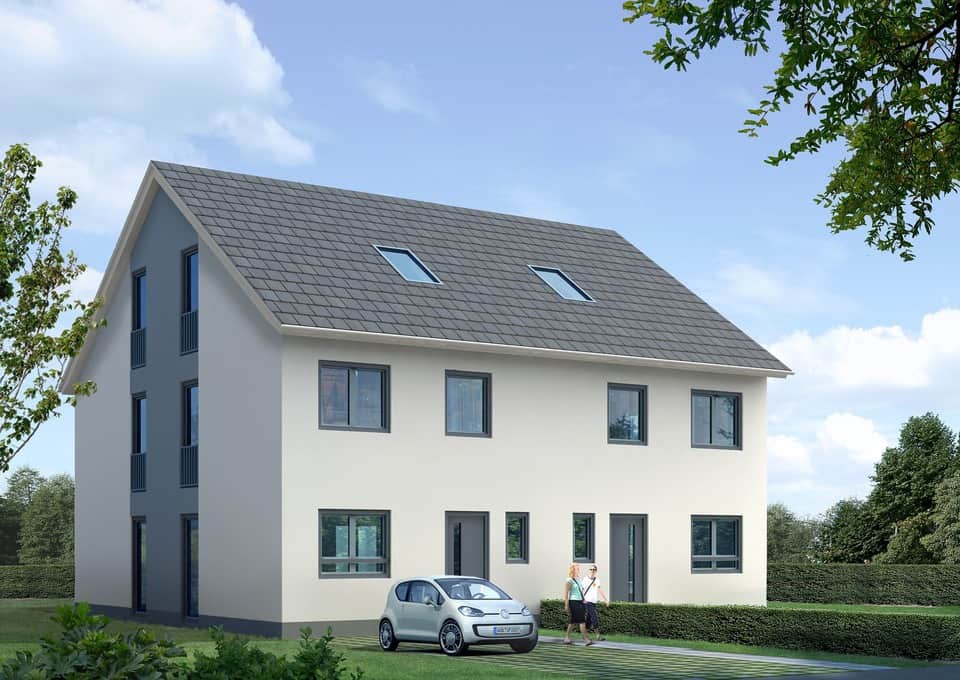
Twin units are essentially duplexes, where each of the two units has only one primary shared wall. In Maryland, this layout often, though not always, is found in suburban areas where people are looking for affordable homes with a backyard. By definition, the two houses are side-to-side, each with half of the structure.
End-of-row
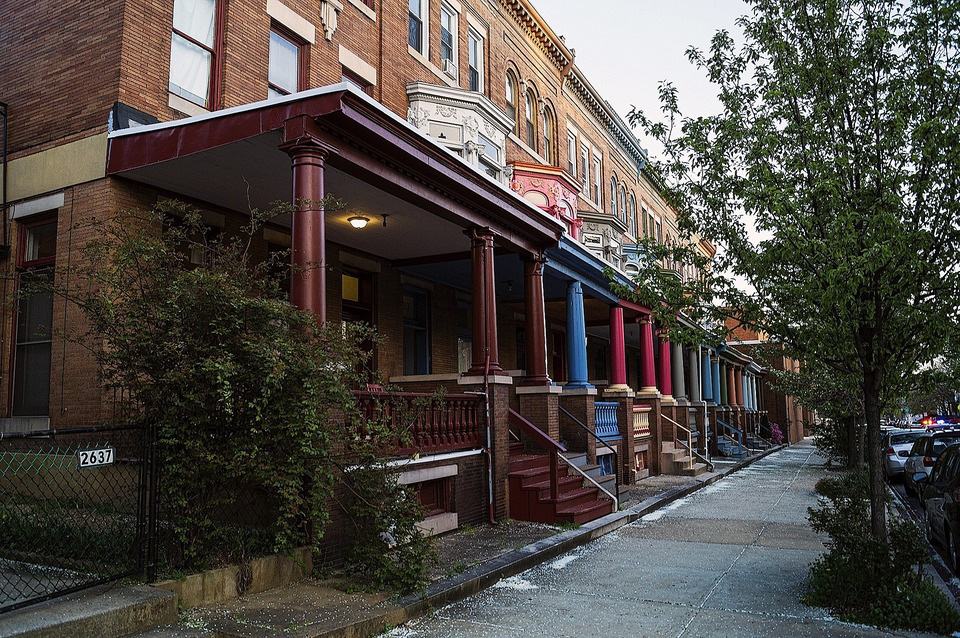
You will find interior row homes in all parts of Maryland, even more so than end-of-row homes. There are many interior rooms for each row, but only two end-of-row homes. Typically, interior homes are the most economical option for home buyers and are very popular in cities. Windows are only possible on the front and back façades of the structure. One benefit of interior row homes is that the utilities, on average, are lower; the units on either side provide residual heating and cooling.
Interior Row
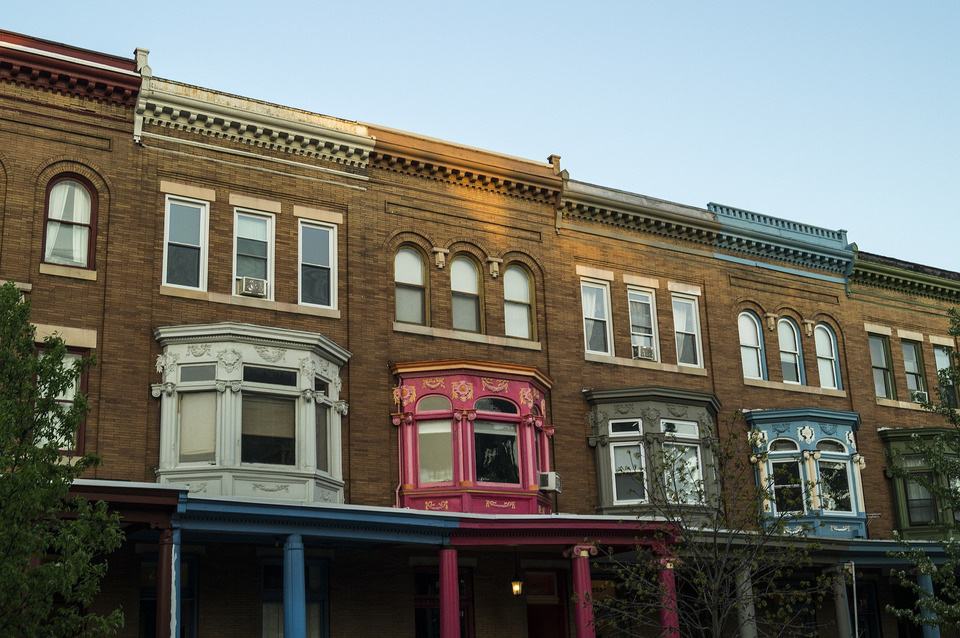
You will find interior row homes in all parts of Maryland, even more so than end-of-row homes. There are many interior rooms for each row, but only two end-of-row homes. Typically, interior homes are the most economical option for home buyers and are very popular in cities. Windows are only possible on the front and back façades of the structure. One benefit of interior row homes is that the utilities, on average, are lower; the units on either side provide residual heating and cooling.
Flat
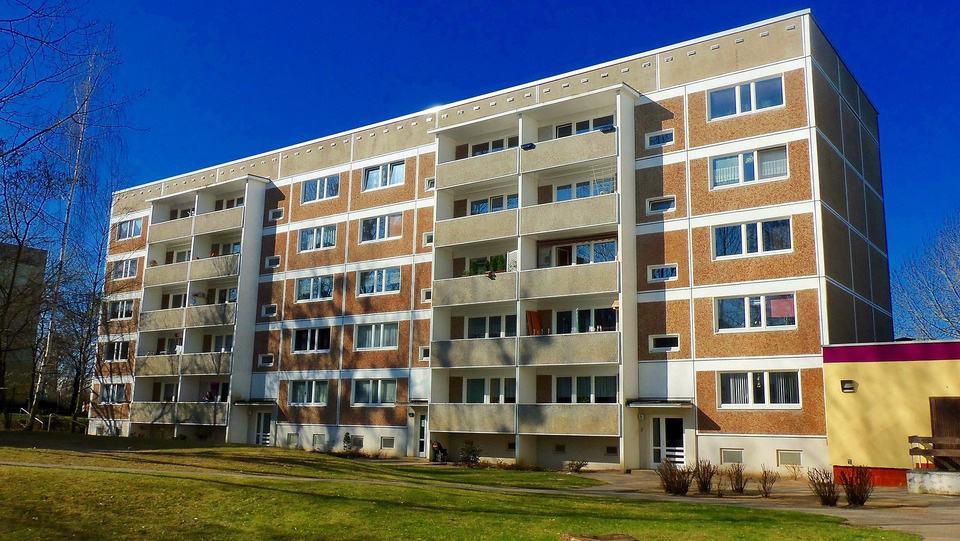
Flats, or apartments, are standard in very dense areas of cities and often include condominiums or co-ops—large apartments used as primary residences. There are almost always HOA fees, such as hallways, lounge rooms, parking lots, lawns, and shared spaces the association must maintain. The prices of these types of units greatly vary depending on location and quality. In Owings Mills, for example, homes like this can sell for $150,000 – $200,000, whereas in Baltimore’s Inner Harbor, homes can sell for over $1 million.
As you can see, there are many different home layouts to consider when purchasing or building a home. Want to learn more about other home styles? Read more about this in my Ultimate Guide to American Home Architecture post!
No Comments